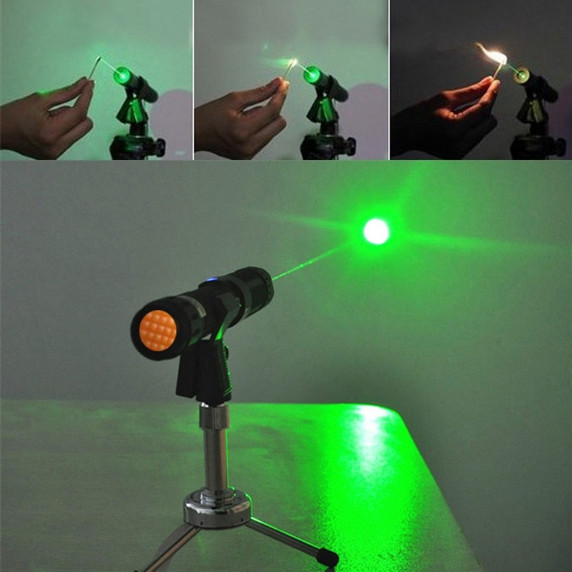In 1640, a Jesuit priest named Atanas Koscher who was born in Gesha, Germany, invented a slide projector called the “magic” lamp, which was the first projector in the world. After three and a half centuries, EIKI produced the world’s first 16mm film projector in 1953, SHARP launched the world’s first single-chip LCD video projector in 1989, and Epson produced the world’s first LCD projector in 1989. In 1991, InFocus successfully developed the world’s first data projector.
Since the world’s first data projector came out, with the continuous innovation and study of technology by scientific researchers, the light source used in the projector is constantly changing. From the initial halogen lamp, high-pressure mercury lamp, xenon lamp to the current LED, laser pointer and other new light sources have been touched. Nowadays, laser display technology based on laser light source has the unparalleled inherent advantages of traditional light sources due to its wide color gamut, long life, high brightness, and low energy consumption. It is known as the next generation after black and white display, color display and digital display. The fourth generation of “successors”.
At present, laser display technology mainly includes three primary colors of pure laser, phosphor + blue light, and LED + laser. Each light source has its own advantages and disadvantages. In comparison, the advantages of three primary colors of pure laser are more obvious. From the perspective of their respective technical characteristics and the corresponding terminal projection products, the pure three-color laser is the label of high-end laser projectors. The projection equipment using this technology can easily achieve a brightness of more than 20,000 lumens; while the phosphor corresponds to the low-end projection The highest brightness has just exceeded 10,000 lumens; LED and laser hybrid light source technology is aimed at the low-end market, and terminal display devices using this technology have a brightness of no more than 3,000 lumens.
The pure three-color laser is regarded as the purest laser light source in the industry. It has the advantages of rich colors and high color saturation. It can display the richest, most brilliant and true colors in nature, and has become a major technological development direction in the field of display technology. Up to now, projection equipment using three-color pure laser technology has “penetrated” into the fields of analog simulation, exhibitions, conference centers, outdoor curtain walls, digital theaters, and home theaters, and has a lot of room for development and broad market application prospects.
Up to now, the development of the three-primary-color pure green laser pointer light source has experienced two technological processes: the solid-state laser stage and the semiconductor laser stage. Diode pumped frequency doubled laser is also a solid laser light source, which is composed of semiconductor laser (pump source), laser crystal, frequency doubled crystal, output cavity mirror, etc. It has complex laser generation process, complex structure, complex production process, and poor stability , Poor reliability, etc. The semiconductor-pumped frequency-doubled laser has a single center wavelength with a spectral width within 3nm and a single-mode light source. It has a great contribution to the generation of laser speckle, and the speckle particles are very large, making the process of speckle elimination very complicated.
The semiconductor laser light source is a miniature laser developed and designed based on semiconductor chip preparation technology. It is similar to the production process of LED chips and has the characteristics of simple structure, small size, stable power, high reliability, and long life. In 2014, the three-primary-color pure laser technology genre adopted the newly developed green semiconductor laser for product upgrade design, and the red, green and blue light entered the semiconductor era. The laser speckle problem that has been difficult to crack has also been improved with the introduction of semiconductor technology. Since the spectral width of the semiconductor laser is 6nm, there are many longitudinal modes, and the output is multi-transverse mode, so the resolution of laser speckle has been greatly improved, and the particle size of the speckle has become very small, which can be used by the general public. Accepted.
